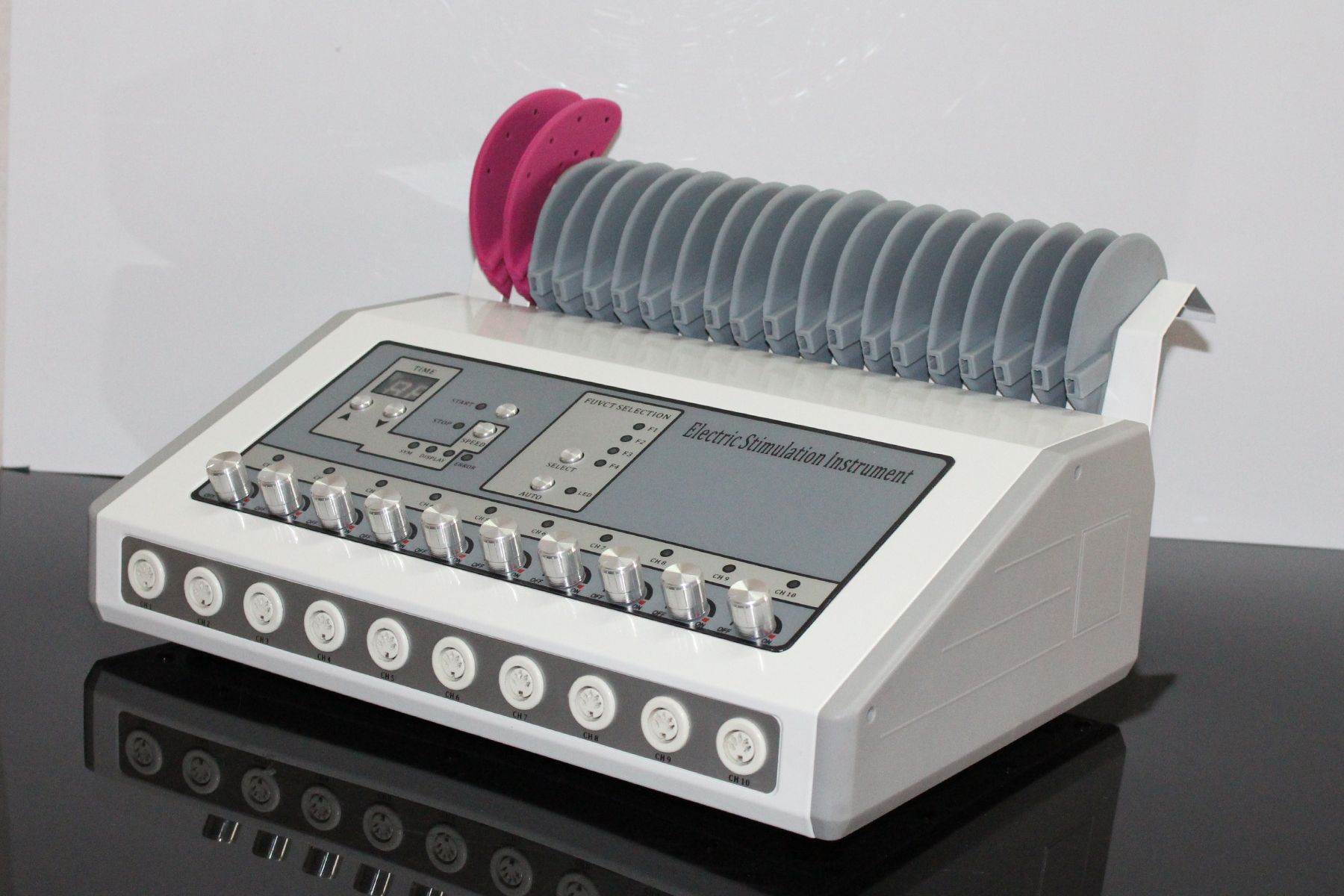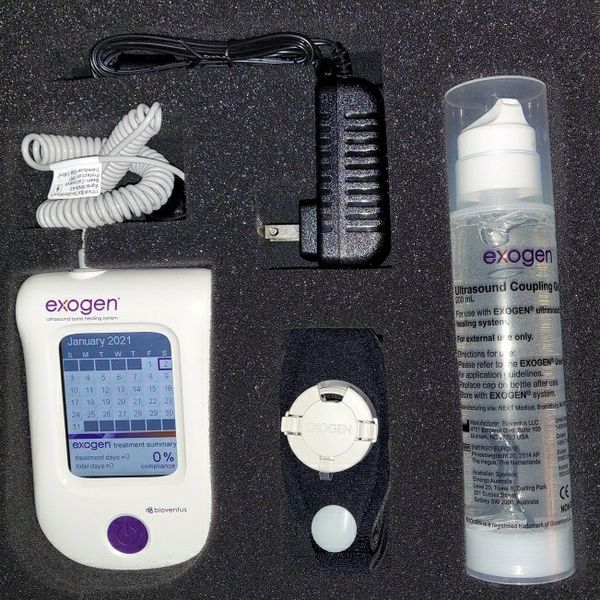

The vagus nerve contains afferent (80%) and efferent (20%) fibers 15. VNS therapy has been FDA approved for use in reducing the frequency of seizures in epileptic individuals and for the treatment of depression 12, 13, 14. There are limited studies that have examined wireless stimulation of peripheral nerves, including the vagus nerve. Technical developments have led to the increasing use of neuromodulation in the management of various disorders using less invasive peripheral nerve modulation methods such as vagus nerve stimulation (VNS) and dorsal root ganglion stimulation 9, 10, 11. Some examples of successful demonstrations of IMDs include flexible near-field wireless optoelectronics such as subdermal implants 5, wireless, batteryless, and fully implantable electrical neurostimulation in freely moving rodents 6, 7, and wireless spinal stimulation system for ventral activation of the rat cervical spinal cord 8. The results were easily reproducible, and methods used in this study can serve as a basis for future wirelessly powered implants.ĭuring the past decade, implantable medical devices (IMDs) have proven useful in clinical treatments of hypertension 1, pain 2, neurological disorders 3, and inflammation 4 through electrophysiological stimulation. The pulse width and frequency of the stimulation were swept on both systems, and the response for physiological markers was drawn. In a quantitative comparison of the effectiveness of VNS devices, the efficiency of systems on reducing heart rate was similar in both conventional (75%) and wireless (78.5%) systems. A total of 84 vagus nerve stimulations (10 s each) have been performed in three adult pigs. For the first time, wireless and batteryless VNS with more than 5 cm operation range was demonstrated in pigs. As a result, the specific absorption rate was orders of magnitude lower than the safety limit, and the stimulation can be performed using only 0.1 W of external power. The efficiency of the inductive link and robustness to distance and misalignment were optimized. The circular implant had a diameter of 13 mm and weighed 483 mg with cuff electrodes. The implant used near field inductive coupling at 13.56 MHz industrial, scientific, and medical band to harvest power from an external coil.

This study aimed to examine the functionality of newly designed wirelessly powered and controlled implants in vagus nerve stimulation for pigs. However, there are challenging trade-offs between the device size and its operating range, which can limit their use. Wireless and batteryless stimulators offer important capabilities such as no need for reoperation, and extended life compared to their wired counterparts. Neuromodulation of peripheral nerves has been clinically used for a wide range of indications.


 0 kommentar(er)
0 kommentar(er)
